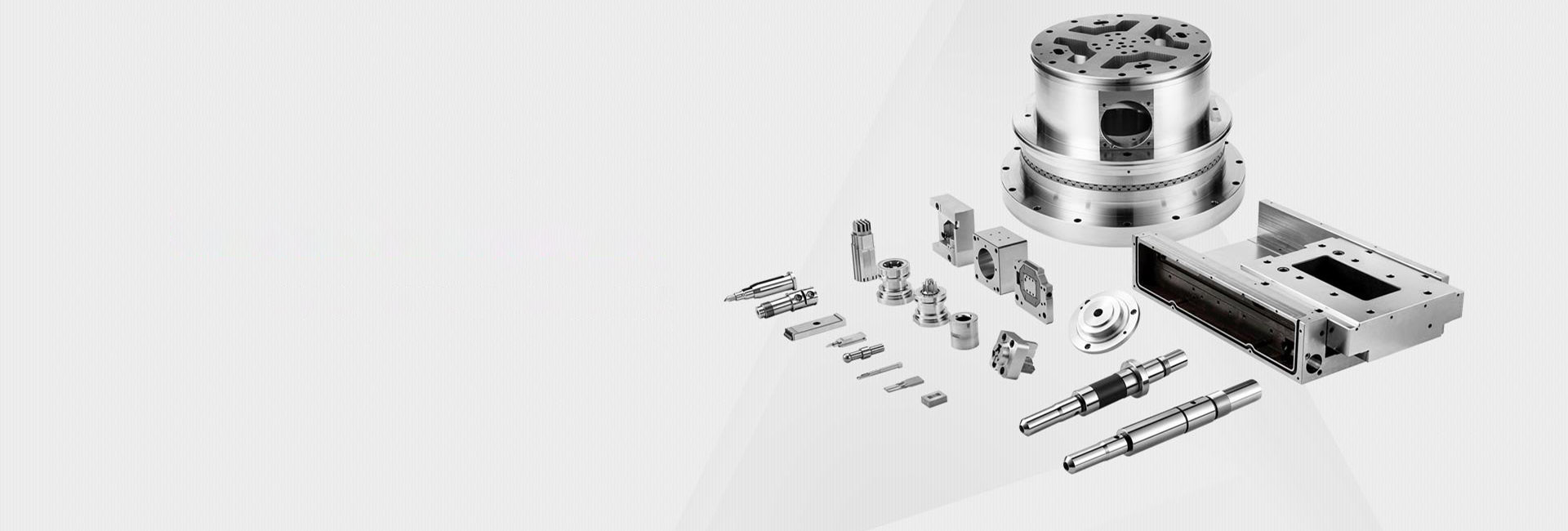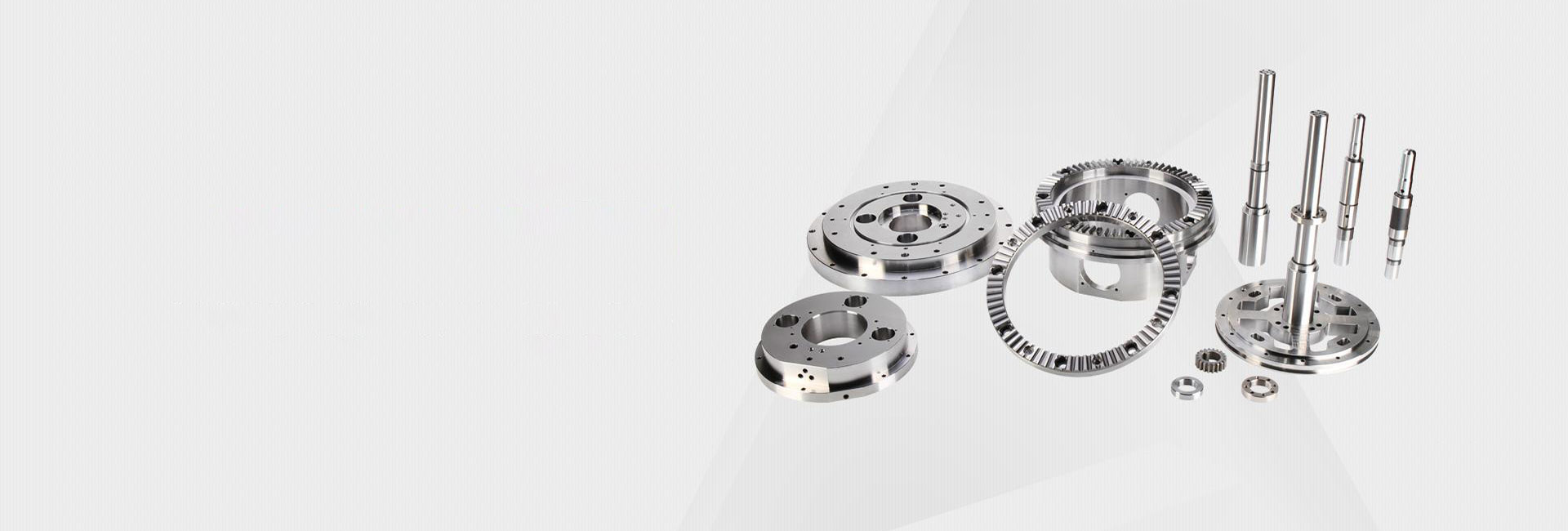Your Guide to Custom CNC Machining Services: From Prototype to Production
Hey there, are you a project manager or engineer staring at a design file, wondering, "Can this specific part even be made?" Or maybe you're an entrepreneur with a brilliant product idea, but the thought of manufacturing it feels like a mountain to climb. You keep searching for "custom CNC machining" but find mostly generic info. We get it. The gap between a digital design and a physical, precision part is where projects can stall. But what if you had a clear path to turn your ideas into reality? Let's break it down together. 🛠️
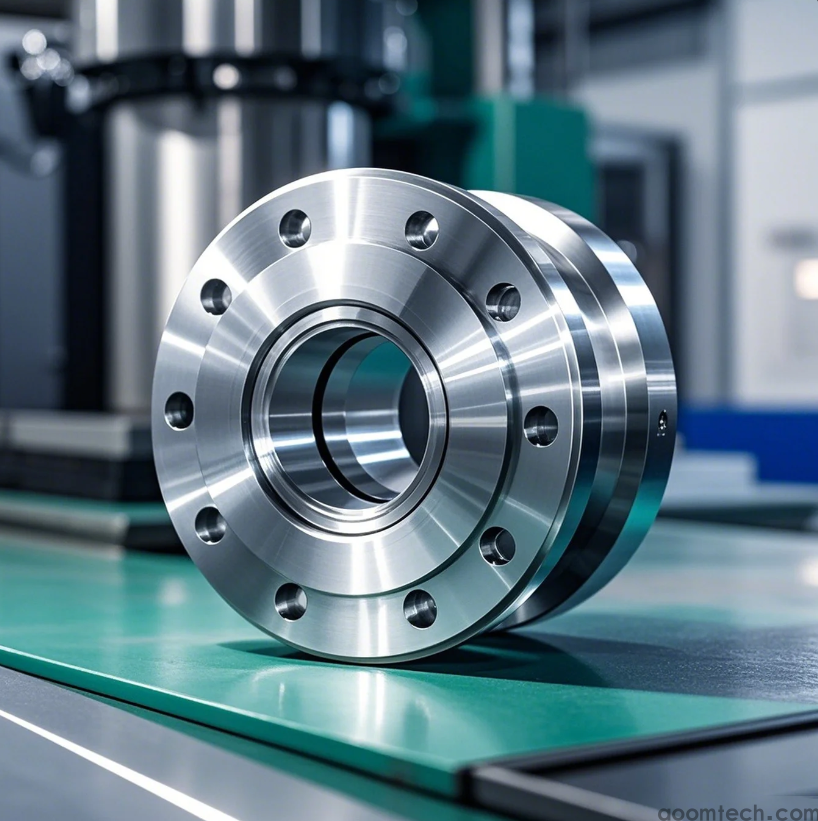
What Exactly is Custom CNC Machining, Anyway?
At its heart, custom CNC machining is like a super-powered, automated sculptor for metal, plastic, and other materials. You provide a digital blueprint (a 3D model), and the computer-controlled machine carves your raw material into an exact physical copy. It's the go-to method when you need one-of-a-kind parts or small batches that off-the-shelf components can't satisfy. Think of specialized brackets, unique gears, or prototype housings for a new device you're developing.
Why Would You Choose Custom Machining Over Standard Parts?
This is the core of it, right? Why go through the trouble? Well, it often comes down to three big reasons:
✅ Perfect Fit for Your Design: Your project is unique. Standard parts force you to compromise your design, but custom machining lets you build the part exactly as you envisioned it, with all the specific holes, curves, and threads you need.
✅ Unbeatable Strength and Durability: Parts machined from a solid block of metal are typically stronger than those made by casting or 3D printing with plastic. For parts that undergo stress or need to last, this is a huge win.
✅ Surprising Speed for Prototypes: While setting up takes time, once running, CNC machines can produce functional prototypes incredibly fast. This lets you test and refine your design without waiting for weeks.
However, it's worth mentioning that for extremely complex internal geometries, some other technologies might have an edge. The best choice often depends on the specific shape you're trying to create.
What's the Real Process Like? A Step-by-Step Look
Let's demystify the journey from your idea to a part in your hand. It's not as opaque as it seems!
1. You Share Your Vision: It all starts with your 3D CAD file. This is the most important document. The more detailed, the better.
2. A Expert Review (DFM): This is where a good shop shines. They'll look at your design and suggest tweaks—maybe a slightly different corner radius or material—to make it easier, faster, and cheaper to produce without changing its function. It's a collaborative step.
3. The Machine Does Its Magic: The approved design is translated into code, and the CNC machine precisely cuts away material. I always find it mesmerizing to watch 🤯.
4. The Finishing Touches: The raw machined part might need deburring (smoothing sharp edges), painting, or a special coating to resist corrosion. This step gives it a professional, ready-to-use finish.
But Wait... How Much Does It Actually Cost?
Let's talk about the big question. There's no single price tag, but the cost hinges on a few key things:
• Material Choice: Aerospace aluminum costs more than standard steel. It's that simple.
• Machine Time: Complex parts with lots of fine details take longer to make, and time is money on a machine.
• Setup & Labor: There's initial work to program and set up the machine. This is why per-part cost drops significantly with larger quantities.
Okay, full transparency – the exact pricing algorithms used by different machine shops can be a bit of a black box. The best move is to get a few quotes and ask them to break down the costs for you. This will give you the clearest picture.
I'm Convinced! How Do I Get the Best Results?
Want to make your first (or next) custom machining project a smooth success? Here's what I've learned:
📝 Communication is Everything: Don't just email a file and disappear. Talk to your machining partner. Explain the part's function. The more they know, the more they can help.
📝 Design for Manufacturability (Keep It Simple): The simplest design that does the job is usually the cheapest and fastest to make. Avoid super deep holes or super thin walls if you can.
📝 Request a Prototype First: For a big order, it's often wise to pay for a single prototype. You can hold it, test it, and make sure it's perfect before committing to the full production run. This saves money and headaches in the long run.
Ultimately, finding a machining partner you trust is perhaps the most crucial step. It's a relationship. The right shop won't just be an order-taker; they'll be a consultant helping bring your precise vision to life. 🚀
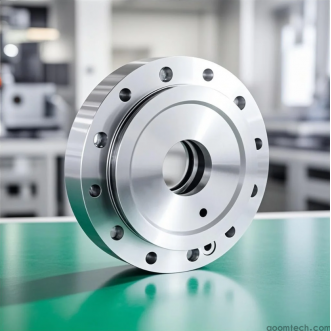 How to Find Reliable CNC Machi
How to Find Reliable CNC Machi
 How to Find Reliable CNC Machi
How to Find Reliable CNC Machi
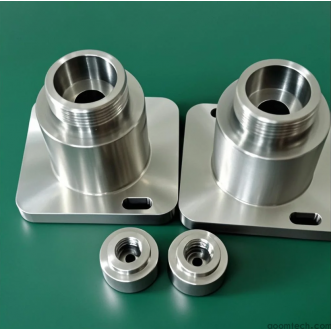 How Much Does Small Batch CNC
How Much Does Small Batch CNC
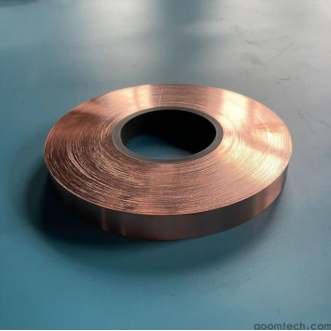 How to Prevent Deformation in
How to Prevent Deformation in

